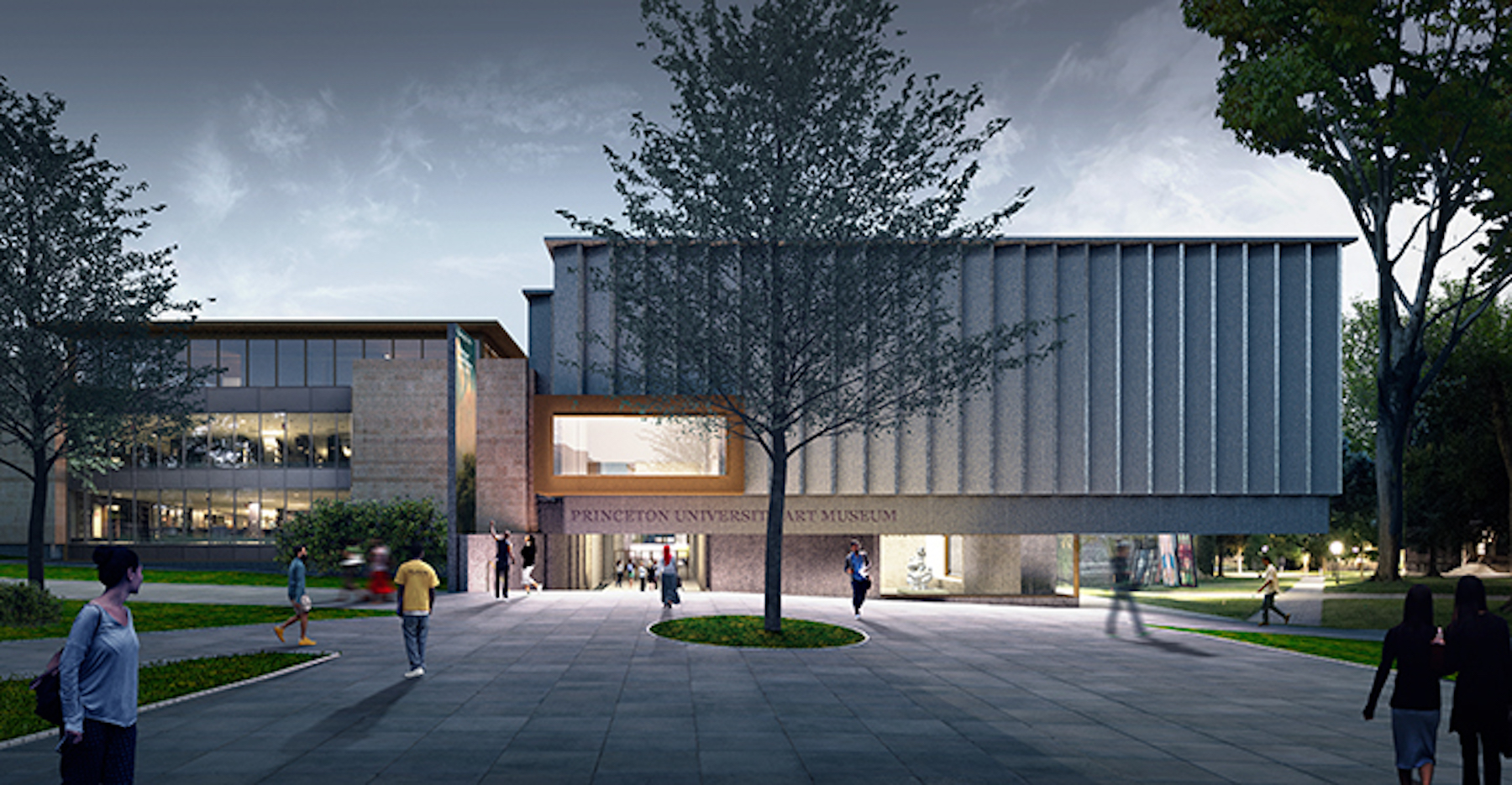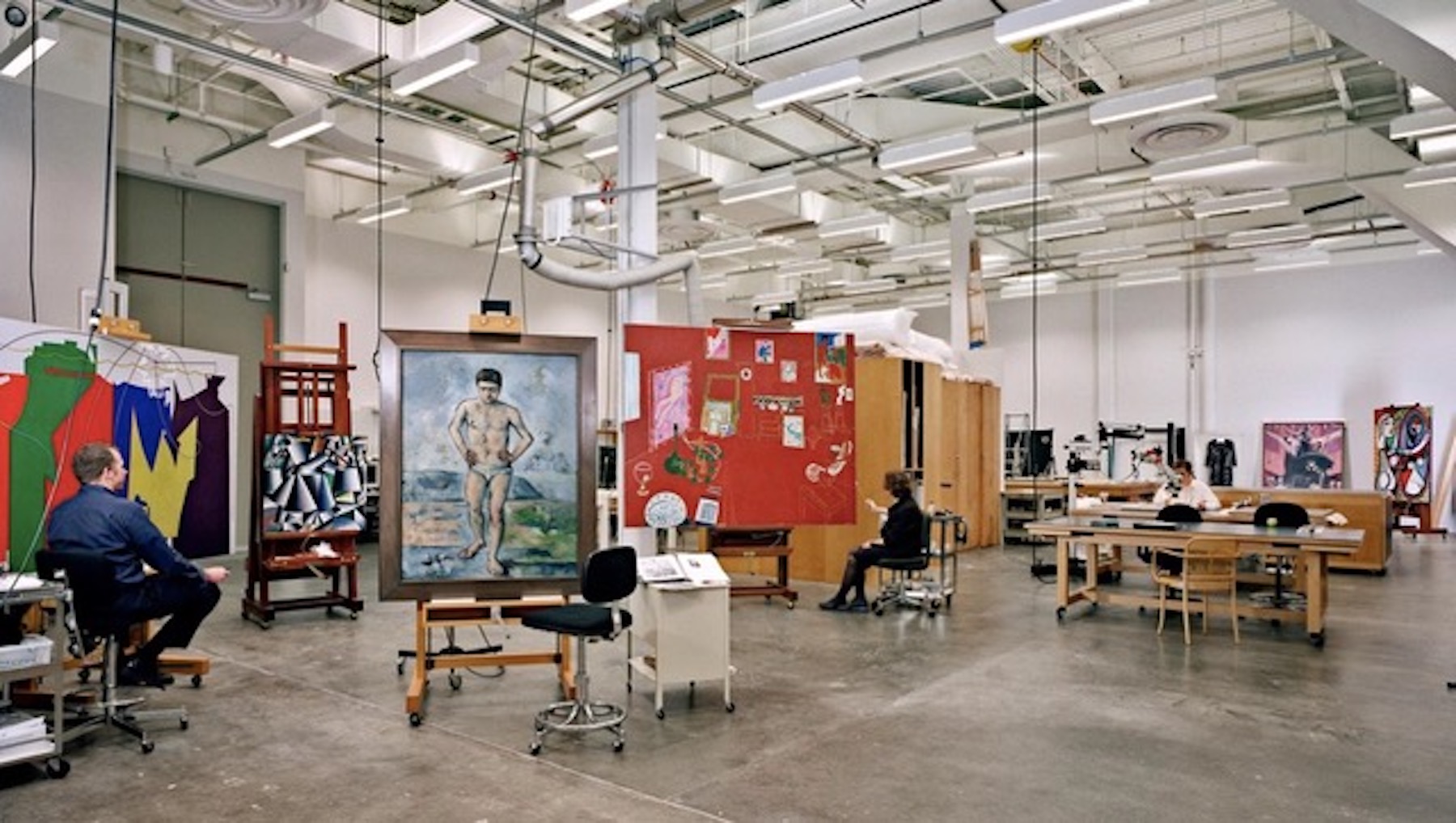Museums put a lot of thought and care into the displays of their objects. Yet almost all of these institutions can present only a fraction of their artifacts. They have to keep the rest in storage.
That’s why museum leaders should focus as much design attention on the archives as the galleries themselves, according to a new white paper by Erin Flynn and Bruce Davis, architects and museum experts with the firm Cooper Robertson.
In the paper, which comes out later this year, Flynn and Davis argue that collection storage can no longer be an afterthought. They show how thoughtfully designed storage systems improve the accessibility of museum archives, while also creating a better environment for the preservation, protection, and study of the collections.
One main takeaway from the paper: Good museum storage design requires a collaborative effort among architects, engineers, curators, and other specialists at the start of any museum project. At the Whitney Museum, for instance, this multidisciplinary approach led to design changes that will protect the storage areas and galleries in the event of severe weather, such as flooding.
The paper also highlights the specific engineering conditions needed to create a cooler, drier climate in archival spaces, as well as the value of isolated mechanical systems in each gallery and storage area.

Other key takeaways:
Expanding collections often house large and mixed-media pieces, which puts more pressure on existing storage spaces.
Overcrowded storage could lead to narrowed circulation paths and jeopardize the safe retrieval of objects.
Museums need to determine if it’s more cost effective to lease offsite storage spaces or build their own.
One creative approach is visible storage. This typically involves arranging items in dense displays behind glazing to maintain proper preservation conditions while also allowing more of the collection to be on display for the public.
Cooper Robertson has provided design and planning work for over 50 museums and collection-based institutions, including the Whitney Museum of American Art, MoMA, the Gateway Arch Museum, and the upcoming Princeton University Art Museum.
Related Stories
| Aug 11, 2010
Museum celebrates African-American heritage
The Harvey B. Gantt Center for African-American Arts + Culture recently completed construction on the Wells Fargo Cultural Campus in Charlotte, N.C. Designed by the Freelon Group, Durham, N.C., with Batson-Cook's Atlanta office as project manager, the $18.8 million project achieved nearly 100% minority participation.
| Aug 11, 2010
Design for Miami Art Museum triples gallery space
Herzog & de Meuron has completed design development for the Miami Art Museum’s new complex, which will anchor the city’s 29-acre Museum Park, overlooking Biscayne Bay. At 120,000 sf with 32,000 sf of gallery space, the three-story museum will be three times larger than the current facility.
| Aug 11, 2010
Thom Mayne unveils ‘floating cube’ design for the Perot Museum of Nature and Science
Calling it a “living educational tool featuring architecture inspired by nature and science,” Pritzker Prize Laureate Thom Mayne unveiled the schematic designs and building model for the Perot Museum of Nature & Science at Victory Park in Dallas. The $185 million, 180,000-sf structure is 170 feet tall—equivalent to approximately 14 stories—and is conceived as a large...
| Aug 11, 2010
Piano's 'Flying Carpet'
Italian architect Renzo Piano refers to his $294 million, 264,000-sf Modern Wing of the Art Institute of Chicago as a “temple of light.” That's all well and good, but how did Piano and the engineers from London-based Arup create an almost entirely naturally lit interior while still protecting the priceless works of art in the Institute's third-floor galleries from dangerous ultravio...
| Aug 11, 2010
The Art of Reconstruction
The Old Patent Office Building in Washington, D.C., completed in 1867, houses two Smithsonian Institution museums—the National Portrait Gallery and the American Art Museum. Collections include portraits of all U.S. presidents, along with paintings, sculptures, prints, and drawings of numerous historic figures from American history, and the works of more than 7,000 American artists.
| Aug 11, 2010
Silver Award: Please Touch Museum at Memorial Hall Philadelphia, Pa.
Built in 1875 to serve as the art gallery for the Centennial International Exhibition in Fairmount Park, Memorial Hall stands as one of the great civic structures in Philadelphia. The neoclassical building, designed by Fairmount Park Commission engineer Hermann J. Schwarzmann, was one of the first buildings in America to be designed according to the principles of the Beaux Arts movement.







